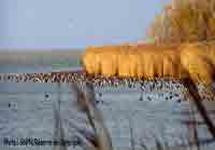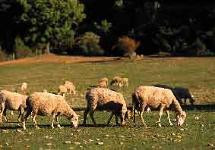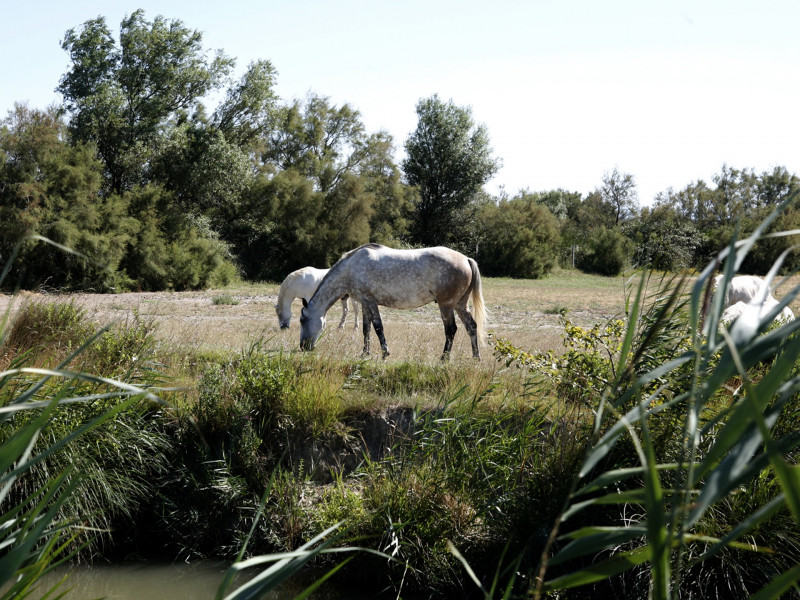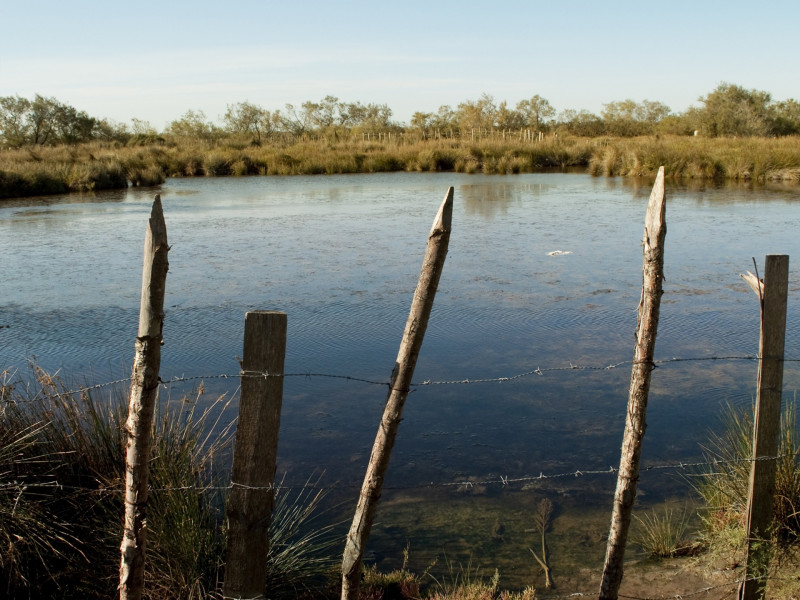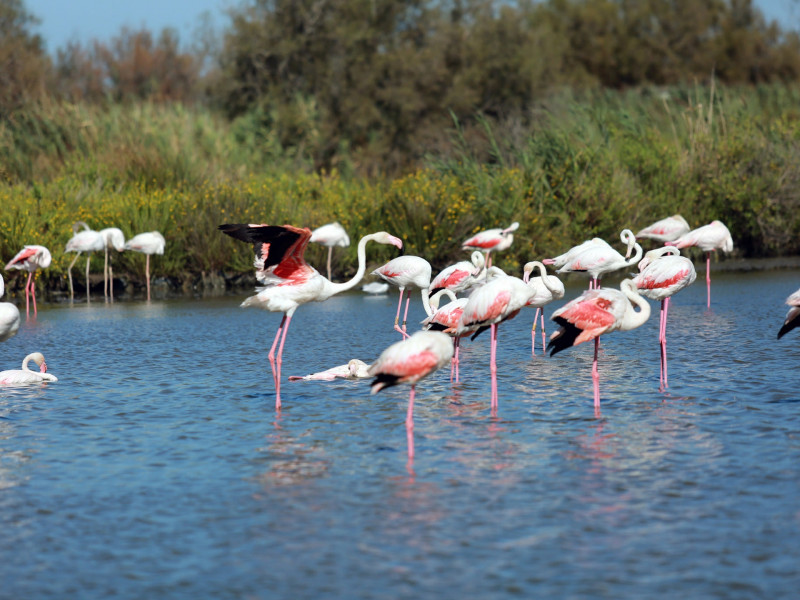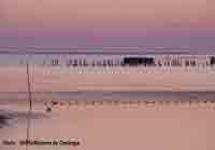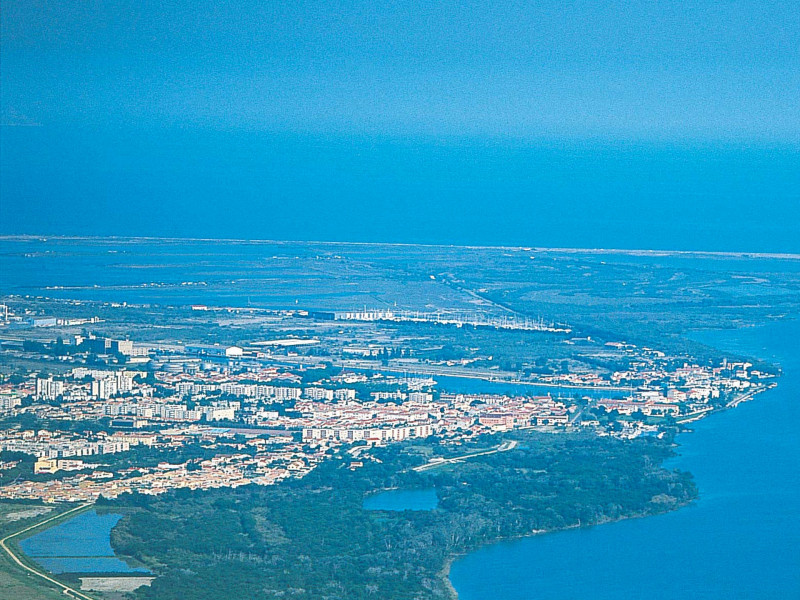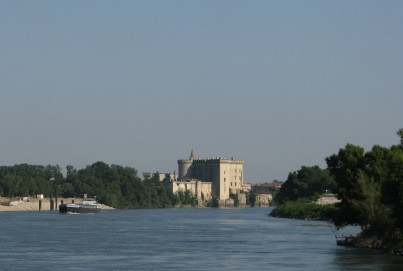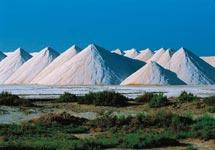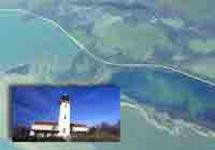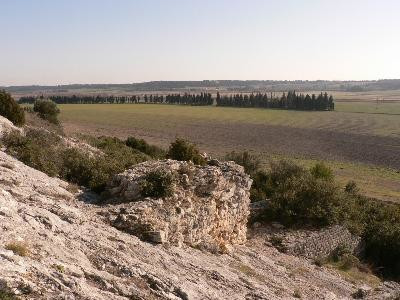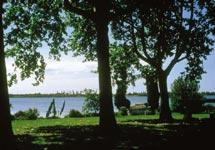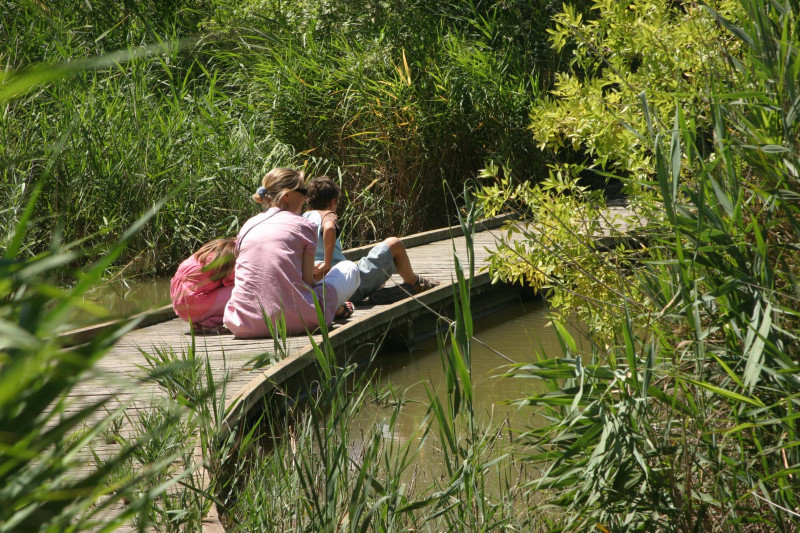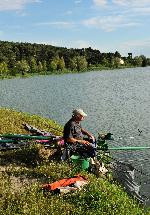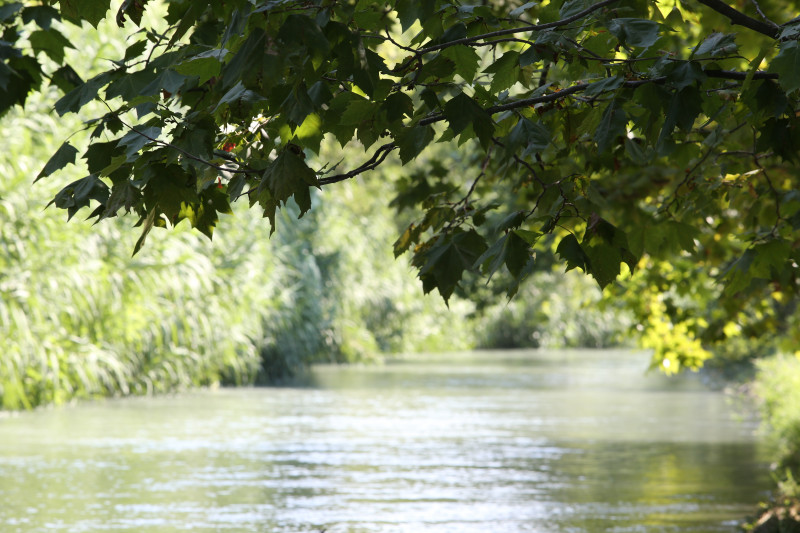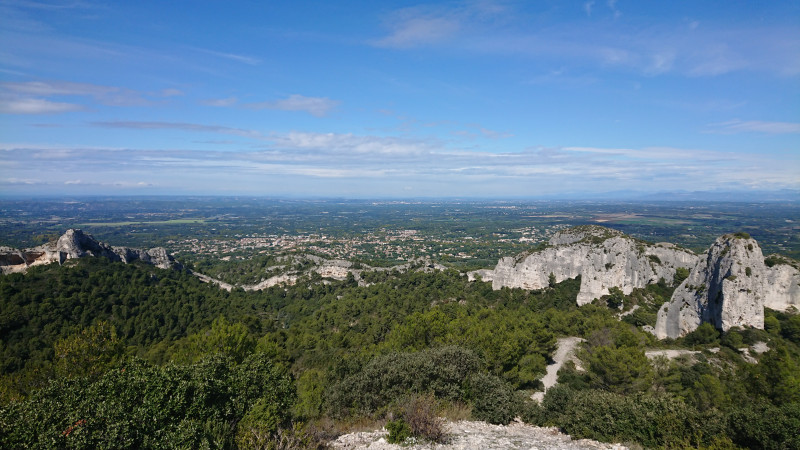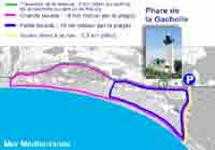The Camargue, a natural heritage rich in emotion
Between canals and ponds, the Camargue offers above all natural curiosities. Its rich and varied heritage promises beautiful walks within the reserves and marshes. Between the Rhône delta and the Crau plain, the wild banks are refuges for migratory birds.
Covering 13,000 ha in the heart of the Camargue, the Camargue National Reserve is one of the largest wetland areas in Europe.
At the foot of the Alpilles, between the Camargue and the Etang de Berre, the Crau plain covers 600 square km. Two Crau can be clearly distinguished.
The site revolves around the Mas de Méjannes (or Domaine Paul Ricard), on 64 ha in the commune of Saintes Maries de la Mer.
The nature reserve "Les Impériaux" is located in the Camargue, near Saintes Maries de la Mer. It is an area with a typical marsh landscape.
The Camargue is a wilderness formed by the Rhone delta. It is classified as a biosphere reserve by UNESCO, and also protected by a Regional Natural ...
The Vaccarès pond, spread over 6500 ha, is part of a vast complex of brackish ponds of more than 10 000 ha.
The peninsula of Mazet (and They du Mazet) is an area of 144 hectares in Port-Saint-Louis-du-Rhône. It is located at the mouth of the river Le ...
The Rhône and its delta not only gave their name to the department, this peaceful and majestic river is also the backbone of the Bouches-du-Rhône.
This former private hunting domain of 702 ha is today devoted to the protection of nature and to the reception of the public.
The Camargue, due to the nature of its very flat and clayey soil, dotted with ponds, lends itself particularly well to extraction of sea salt.
The Gacholle Lighthouse, built in 1882, was automated in 1967. Partially destroyed during the World War II, it was restored in 1947.
Mountain
On the border between Saint-Martin-de-Crau and the ancient marshes of Les Baux, Chambremont is a chain of the Alpilles massif.
The Domain is home to a park with trees and a stretch of water. The opposite bank, still wild, remains the refuge of migratory birds.
The Marais du Vigueirat is a protected natural site of 1,200 hectares at the junction of two remarkable ecosystems: the Rhone delta and the steppe ...
In a green setting at the foot of the Alpilles Regional Natural Park, for a fishing trip on your own, with friends or family, a moment of relaxation ...
The Crau and Alpilles canals cross the northwestern part of the Bouches-du-Rhône
Mountain
The Alpilles massif is located in the northwest of the department, in line with the Rhone corridor.
20 km long, the dike was built in the last century to isolate the Rhone delta from sea water.



